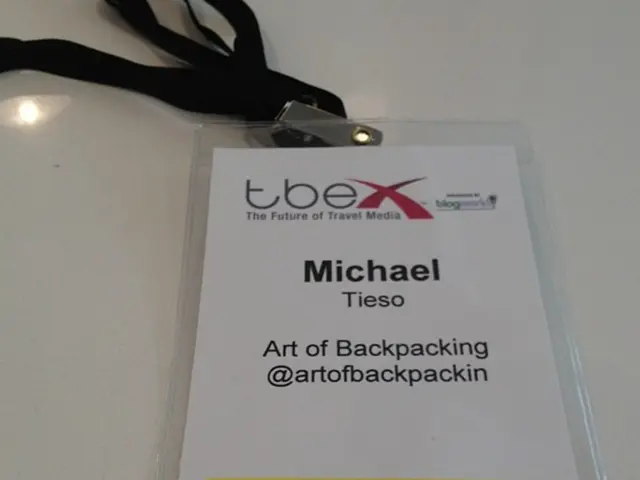Story's Lesson: Properly Incorporating Knowledge into Your Narrative Telling
==============================================================================
In the realm of storytelling, Pixar's "Inside Out" stands out as a shining example of how to make lessons relatable and effective. By personifying core emotions and weaving a captivating narrative, the film offers valuable insights for writers looking to engage their audience on a deeper level.
One key strategy is to centre lessons on emotions and characters. Just as "Inside Out" transforms abstract feelings into relatable characters like Joy, Sadness, Anger, Fear, and Disgust, anchoring your lessons around human emotions or personal experiences helps learners connect deeply with the content.
Another important aspect is building a clear emotional arc. Following the evolution of a character or learner's feelings and thoughts over time, mirroring Riley's emotional journey during puberty and challenges, makes the material emotionally engaging and meaningful.
Using simple, focused storytelling is another essential element. "Inside Out" keeps its writing focused on one central lesson or idea, avoiding overwhelming the reader and maintaining narrative clarity.
Creating vivid imagery or metaphors, as the film does with "Core Memories" as glass orbs and "Personality Islands," helps explain complex concepts in a tangible and memorable way.
Including conflict and resolution is crucial for building tension and making the lesson more compelling and realistic. "Inside Out" showcases Riley's internal chaos and anxiety, and then how they are managed or resolved, demonstrating the power of this approach.
Reflecting on belief systems or identities encourages reflections on how lessons impact learners’ values or self-understanding, deepening engagement and retention. The sequel highlights how new emotions and experiences reshape Riley’s belief system, providing a powerful example of this strategy.
When writing lessons based on these techniques, it's important to use transitions that connect ideas logically, ensuring a smooth flow and comprehension. Testing your story-based lessons on diverse audiences is also crucial to ensure they resonate broadly.
It's also worth noting that the best lessons are those that match or closely resemble a scenario in which the audience could realistically find themselves. It's better to have a story with no lesson than to cram a lesson into the story just for the sake of having one.
"Inside Out" initially portrayed Sadness as disruptive and incompetent, a portrayal that was convincing and relatable. However, the movie deliberately tried to make its audience have a reaction it would later encourage them not to have, demonstrating the power of subtlety in storytelling.
The author, Stephanie O'Brien, has studied the structure of "Inside Out" and considers it one of the best educational stories. She creates comics, music videos, and fanfiction when she isn't writing novels and running her marketing business. She has published three novels on Amazon's Kindle. You can visit her website, connect with her on Facebook, or on Twitter to get more writing tips, check out her books, art, and videos.
In conclusion, by focusing on these key strategies, writers can transform dry content into personal narratives that resonate with learners, much like "Inside Out" does with its portrayal of emotions and growth.
- For writers seeking to make lessons more impactful, it's beneficial to delve into the realm of health-and-wellness, mental-health, and personal-growth, just as Pixar did in "Inside Out".
- When constructing lessons, it's essential to use a clear emotional arc, mirroring the evolution of characters' feelings and thoughts, as demonstrated in "Inside Out".
- In the world of education-and-self-development and lifelong-learning, utilizing simple and focused storytelling years learning retention and engagement.
- To explain complex concepts in a tangible and memorable way, consider creating vivid imagery or metaphors, akin to the glass orbs used for "Core Memories" in "Inside Out".
- When developing content, including conflict and resolution is crucial for building tension and making the lesson more compelling and realistic, as seen in "Inside Out" when depicting Riley's internal chaos and its subsequent resolution.
- To foster deeper engagement and retention, reflecting on belief systems or identities encourages learners to consider how lessons impact their values or self-understanding, as exemplified in the sequel to "Inside Out".
- In the landscape of career-development and online-education, it's essential to use logical transitions between ideas and test lessons on diverse audiences to ensure comprehension and broad resonance with the audience.




